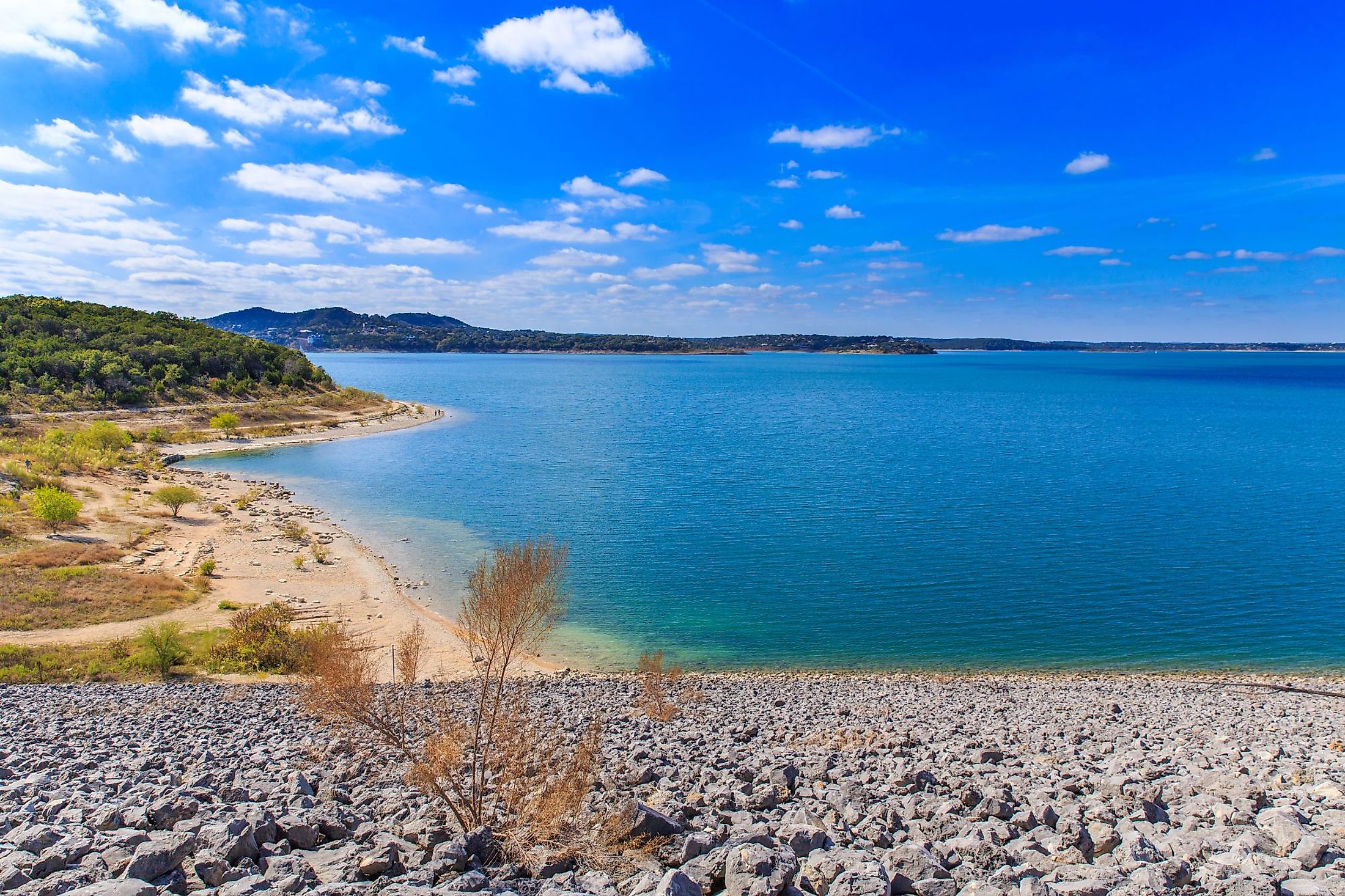
Canyon Lake, Texas
Canyon Lake, formed by Canyon Dam, is known to be “The Jewel” of the Texas Hill Country. Its location on the Guadalupe River makes it an excellent place to unwind and enjoy the scenery. Water recreation and outdoor activities are popular at Canyon Lake. Eight parks are distributed around the lake where visitors can camp, swim, boat, and have picnics. All these parks also provide bank fishing. Additionally, a wide variety of lodges are available for a perfect getaway.
Geography Of Canyon Lake
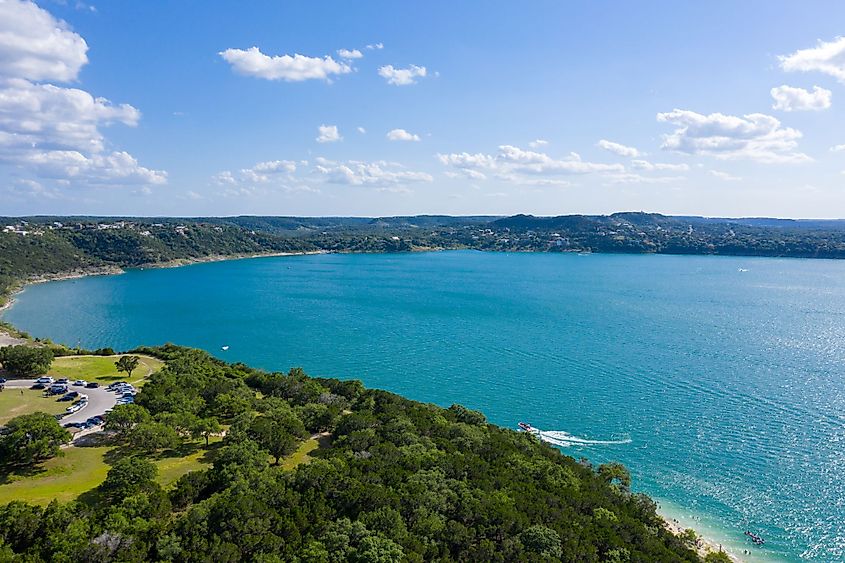
Canyon Lake is an 8,230-acre reservoir situated on the Guadalupe River in northern Comal County in the US State of Texas. The lake's parks, marinas, and boat ramps provide the sole public access to the lake. Canyon Lake is approximately 16 miles northwest of New Braunfels, 35 miles northeast of Downtown San Antonio, and 40 miles southwest of Austin. The maximum design water surface can reach 969.1 ft above mean sea level. The area around the lake is a census-designated place and forms a part of the San Antonio Metropolitan Statistical Area. The Lake Canyon CDP includes Canyon City to the east, Cranes Mill to the west, Hancock and Fischer to the north, Sattler to the southwest, and Startzville to the southeast of the lake. Eight parks bound the lake: Canyon Beach Park, Canyon Park, Comal Park, Cranes Mill Park, Fort Sam Houston Recreation Area & Randolph Recreation Park, Guadalupe Park, North Park, and Overlook Park.
History Of Canyon Lake
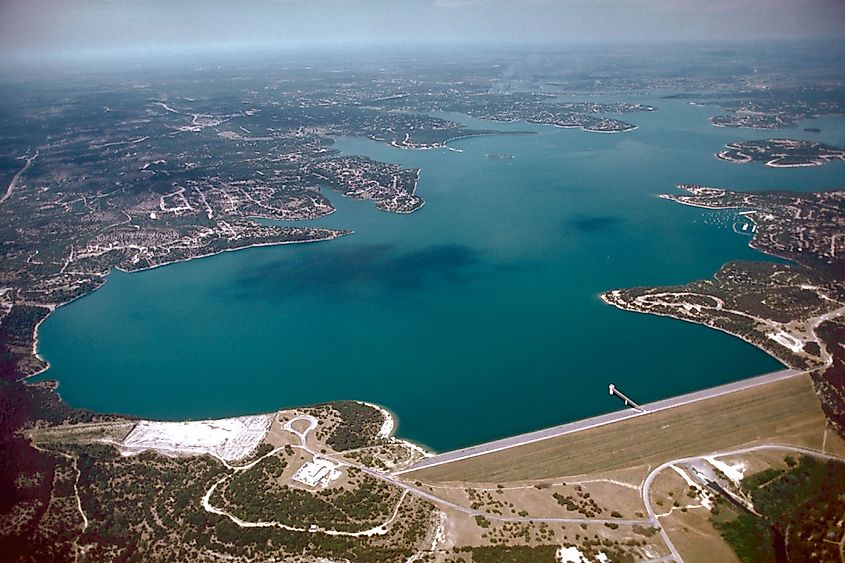
Many pioneers started to settle north of the Guadalupe River not long after Prince Carl of Solms founded his settlement of New Braunfels in 1845. Each hamlet had its own school, store, cotton gin, and dance hall, and most residents were independent farmers. The lower Guadalupe River Basin, below where Canyon Lake is now, had seen particularly severe flooding in the early 19th century. The region's economy started to slowly deteriorate, and the population of the communities surrounding Canyon Lake started declining due to the rise of boll weevils and the decline in cotton production in the 1920s. The construction of the Canyon Dam was started by the US Army Corps of Engineers in 1958 primarily to act as a reservoir for San Antonio and to provide both flood control and water conservation. However, it had a beneficial secondary influence on Comal County's economy. After Canyon Lake was created in 1964, the area started to experience residential and commercial growth. The population was 100 in 1980 and increased to 9,975 in 1990. And according to the latest US Census, the area has a population of 31,124 inhabitants.
Fishing In Canyon Lake
The 8,230 acres of Canyon Lake provide excellent fishing opportunities. The reservoir's most popular and plentiful sportfish is the largemouth bass. The lake is also home to populations of smallmouth bass, white bass, striped bass, black crappie, white crappie, channel catfish, flathead catfish, blue catfish, stripers, and redbreast sunfish, redear sunfish, tilapia, longnose gar, and spotted gar. The lake's water becomes more stained as it gets closer to the river, which makes shallow-water fishing methods more effective. The majority of the lake is home to catfish, with the highest population near the river. White bass and stripers congregate around groups of bait and move deeper as the weather becomes colder. There are several sites to wet a line throughout the 130km of shoreline, many of which have access for fishing from the bank. Moreover, many spots surrounding the lake provide boat rentals for various vessels.
Recreation In Canyon Lake
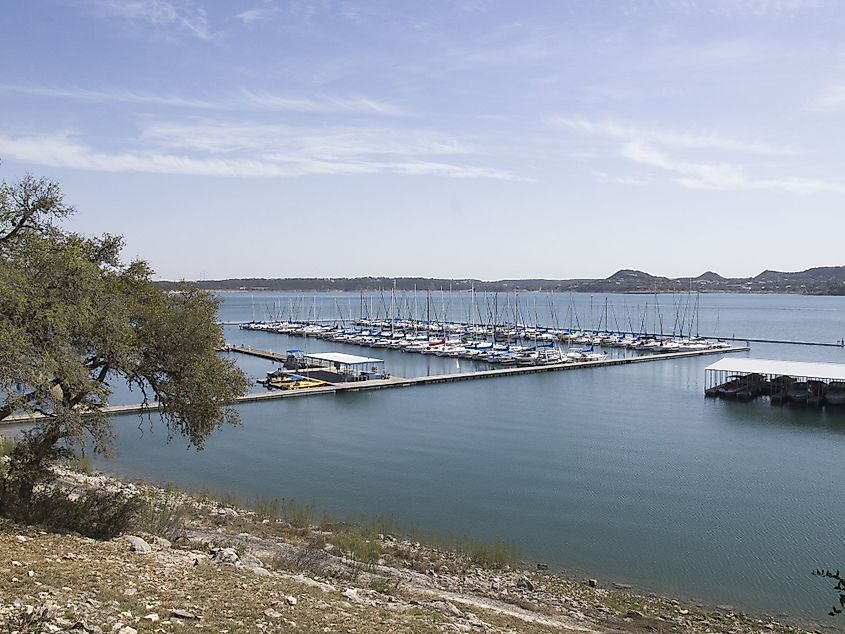
Many recreational activities are concentrated around Canyon Lake. Eight parks surrounding the lake were established and maintained by the US Army Corps of Engineers for picnicking, camping, swimming, fishing, and boating. There are trails for walking, bicycling, and riding horses, as well as limited archery hunting opportunities and expert fishing guide services. Public use of the private boat ramps at the marinas and in some parks is permitted for a fee.
Hazards Of Canyon Lake
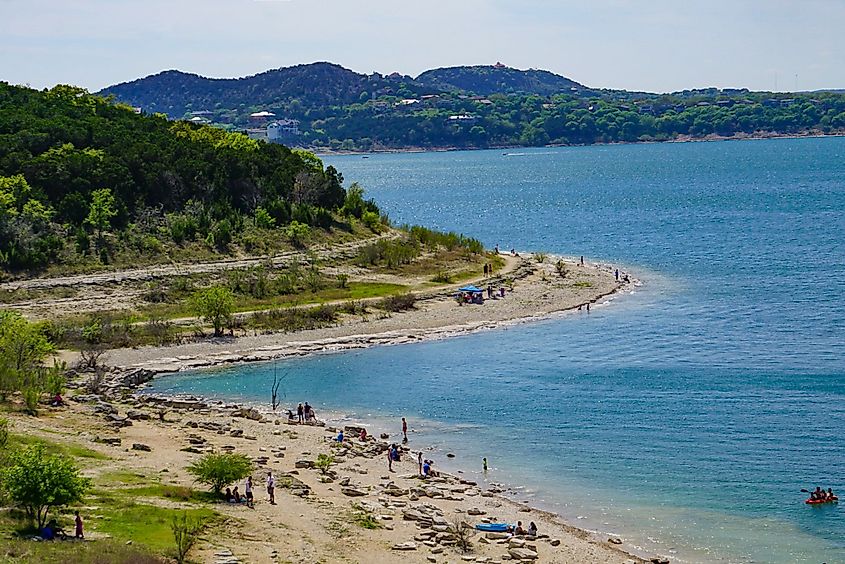
There is a very different, considerably riskier perspective hiding beneath the surface of this lovely artificial lake. From an underwater view, the lake is among Texas's deepest, with nearly no visibility. The north shore of Canyon Lake, where Canyon Park is located, has a small depth, whereas the south shore, where Comal Park is located, has a much deeper water level. As a result, the water is particularly dark at the deeper ends, and rescue divers frequently risk danger when looking for missing swimmers beneath. Unfortunately, not all drowning victims are eventually found. The deaths on the lake are also a result of powerful currents, submerged trees, and tree limbs trapping unwary people. Therefore, anyone visiting the lake must wear a life jacket.
Canyon Lake is one of the largest reservoirs in Central Texas and is the hub of the resort and tourism sectors. Canyon Lake is the ideal outdoor paradise for many adventurous pursuits that include hiking, camping, picnicking, biking, and scenic excursions. Visit Canyon Lake to discover and experience Texas's natural ecological richness!











